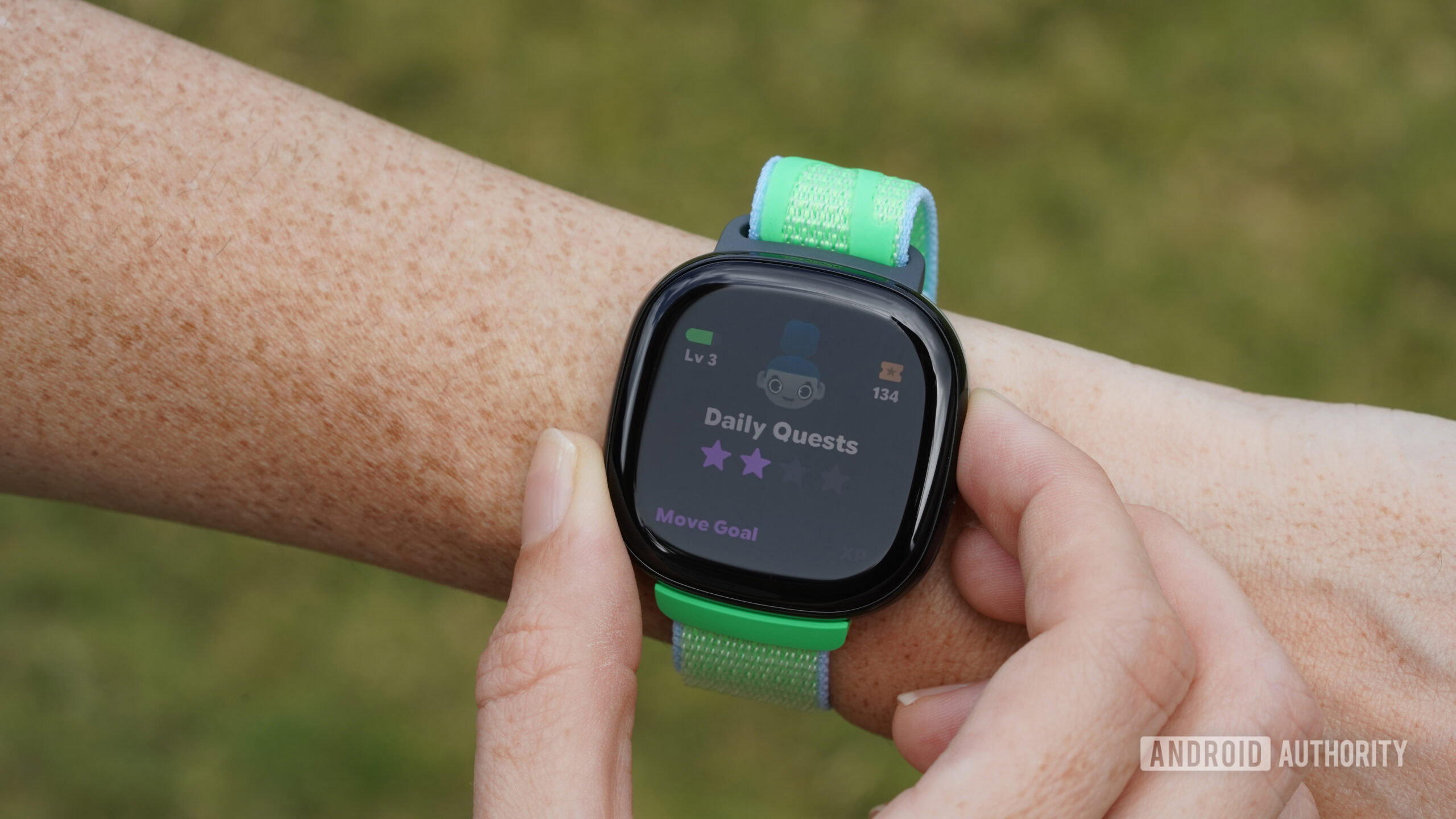Recently, multiple reports have claimed that Apple will be switching up its iPhone release schedule beginning in 2026. Starting with the iPhone 18 lineup, we’ll have a split launch, with the higher end models launching in the fall, and the entry-level models launching in the following spring.
While this does feel like a weird decision, it will have some noteworthy benefits for all iPhone users.
Recap
In case you missed it, the split iPhone launch rumor essentially goes as follows:
- Fall 2026: iPhone 18 Air, 18 Pro/Pro Max, Foldable iPhone
- Spring 2027: iPhone 18, iPhone 18e
Instead of launching the entire mainline iPhone lineup in September, it’ll be split 6 months apart. The iPhone 17 lineup will still launch in its entirety this September, possibly marking the last normal iPhone launch year. This information comes from analyst Ming-Chi Kuo and Wayne Ma from The Information.
Better tech
First and foremost, Apple setting two separate stages for iPhone launches will require them to step things up a little. By spreading the base model iPhone to a separate launch in the spring, it’ll require Apple to make the phone more interesting, for two reasons.
For one, the entry level iPhone has always lived in a weird position. It’s still a new device, yet it isn’t the best of the best. Of course, it’s cheaper, but it always lived under the shadow of the Pro models, even in years where Apple made rather impressive upgrades to the base iPhone.
According to The Information, Apple is making this shift to reinvigorate iPhone sales. With the base iPhone being its own separate distinct launch, I think it’s substantially more likely that we see larger upgrades with the entry level iPhone, especially since Apple won’t need to be playing a balancing act against its own announcements.
On top of that, certain supply chain constraints may be a thing of the past. If theres a certain component that Apple would like to integrate in the whole lineup, but it’s supply constrained, Apple will now be able to without needing to worry about having less supply than ideal.
That’s the leading reason that 120Hz ProMotion displays have been absent from the base iPhone for so long. LTPO display production wasn’t in high enough volumes to place on every iPhone at launch.
Always a good time to buy
On top of better tech, there’s a second benefit: there won’t be a bad time to buy iPhones.
Every year, people buy new iPhones in the late summer months, like July and August, then get ridiculed by the tech-aware folks in their life that the next iPhone is about to come out.
If they’re buying the base iPhone, though, instead of buying a 10-11 month old phone, it’ll only be 4-5 months old, and they’ll still be less than halfway into the release cycle of that phone when they purchase it in the summer time.
Lots of people buy tech to utilize for the long run, and sometimes life happens. Two distinct iPhone launches a year means that no matter when you buy your new iPhone, it’ll at most be 6 months old, rather than a year old.
Cheaper iPhones
Last but not least, this split iPhone release schedule rumor does seem to suggest one thing: the new ‘e’ iPhone will become an annual release.
Introduced earlier this year, iPhone 16e takes the body of an iPhone 14 and packs it full of iPhone 16 features, including USB-C, Apple Intelligence support, a 48MP camera, and more.
Historically, these cheaper iPhones (previously iPhone SE) had a 2-4 year release schedule.
With an annual release schedule, there’ll now be more iPhones around for those on a budget. Granted, with the iPhone 16e starting at $599, it certainly isn’t hitting the same budget demographic that the iPhone SE did.
My favorite Apple accessory recommendations:
Follow Michael: X/Twitter, Bluesky, Instagram
FTC: We use income earning auto affiliate links. More.








